Just a brief pre-post before the main one I’ve got brewing now (which will be posted either later today or tomorrow).
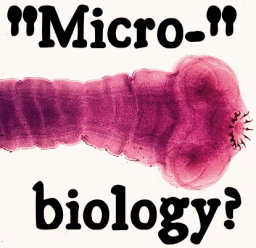 Microbiology is the dominating topic of this particular blog, but I don’t think I’ve ever addressed what I consider to really count as “micro”biology. This isn’t necessarily an obvious topic. My old “Microbiology” book from 8 years ago, plus the textbook from last year’s “Pathogenic Microbiology” class both contained large sections discussing organisms that are visible without a microscope. Heck, the “Pathogenic Microbiology” text even had a whole section on spider and insect bites. And, tapeworms? Since when is “over 30 feet long” considered “micro”? As I like to say: It’s time for Microbiology to grow up and move out of Medicine’s basement.
Microbiology is the dominating topic of this particular blog, but I don’t think I’ve ever addressed what I consider to really count as “micro”biology. This isn’t necessarily an obvious topic. My old “Microbiology” book from 8 years ago, plus the textbook from last year’s “Pathogenic Microbiology” class both contained large sections discussing organisms that are visible without a microscope. Heck, the “Pathogenic Microbiology” text even had a whole section on spider and insect bites. And, tapeworms? Since when is “over 30 feet long” considered “micro”? As I like to say: It’s time for Microbiology to grow up and move out of Medicine’s basement.
So: Here are the defining features of what I consider to be a “microbe”, at least for purposes of what I tend to discuss here on the blog:
- Obvious: the organism cannot be effectively examined visually without a microscope and individual organisms can virtually never be observed by the “naked eye”.
- In nature, a full normal population of a microbe can and will develop from a single live cell, and isolated individual cells are reasonably commonly observed.
- Microbes do not “eat”.
It’s that last point that prompted me to write this post, mainly because it’s such an important part of why microbes work and how they affect their surroundings, especially when it comes to food microbes. What I mean by “do not eat” is that they are incapable of taking large (microbially speaking) chunks of material into themselves to use. Any cell nutrient for a microbe must be in the form of small molecules, like sugars, small peptides or individual amino acids, and so on that can be easily transported across the cell membranes and through the cell wall where applicable.
The importance of this is that for a microbe to grow on a complicated substance like meat or bread (for example), they have to excrete specialized enzymes that break down the substances out in the environment into simpler components like sugars or small peptides. If a microbe cannot secrete a protein-digesting “protease” enzyme, it can be surrounded by tasty, nutritious proteins and still starve to death. If a microbe can’t secrete an amylase (starch-digesting) enzyme, it doesn’t matter that starch is made of nice yummy glucose molecules because they’re all wadded up into long chains of starch that the microbe can’t get at.
And that, finally, is important because it brings up issues of growing multiple microbes together to accomplish something. Sake, for example, is made by fermenting rice, but rice is made primarily of starch. Saccharomyces yeasts don’t make amylases, so in order to make sake, you also have to add a kind of mold (Aspergillus oryzae, one of the types of white-mold-with-little-black-specks that you may see growing on the bread you’ve left sitting around for too long). A. oryzae is also a microbe and therefore can’t “eat”, but it does produce amylase. Since the amylase is breaking down the starches outside of the cells, this means the released glucose is also available for the yeast to use.
Admittedly, my definition above isn’t perfect. On the one hand, it leaves out protozoa (like amoebae and the well-known Paramecium, both of which actually do take in “chunks” of food, but both of which most people would normally consider to be “microbes”. It also leaves IN things like mushrooms, which are not usually thought of as being “microbes” by people who aren’t microbiologists. And, of course, it leaves me with no excuse not to go and learn something about eukaryotic (“plant”) algae (as opposed to bacteria-algae, a.k.a. cyanobacteria) and diatoms. Suggestions for updating my definition may be left in the comments…
Just something that came up while I was assembling what will be the next post. Stay tuned.
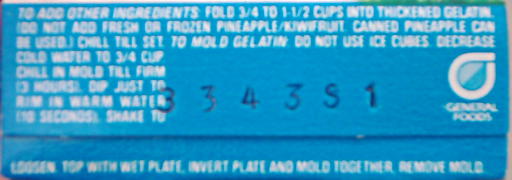
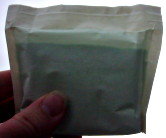 My precious stock of expired JellO® is depleted by one more box, the packet ripped from its cardboard
My precious stock of expired JellO® is depleted by one more box, the packet ripped from its cardboard 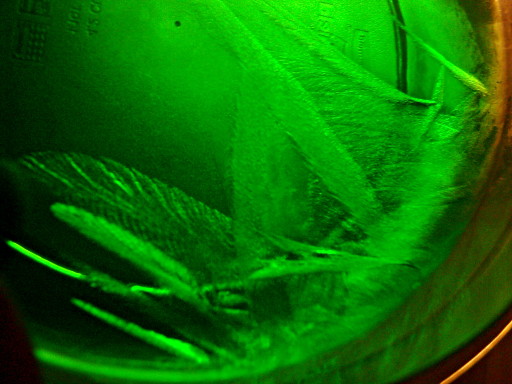
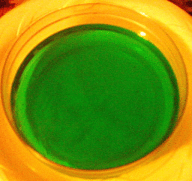 “Now I lay me down to bed
“Now I lay me down to bed Expired JellO®! Deadly Poison, or Merely Debilitating? Can a human being withstand the toxic load of an *entire box* of it? Would he suffer embarassingly loud and messy gastrointestinal distress, or would immediate organ failure set in before this could take place? STAY TUNED TO FIND OUT!…
Expired JellO®! Deadly Poison, or Merely Debilitating? Can a human being withstand the toxic load of an *entire box* of it? Would he suffer embarassingly loud and messy gastrointestinal distress, or would immediate organ failure set in before this could take place? STAY TUNED TO FIND OUT!…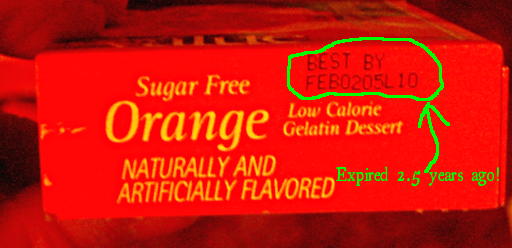
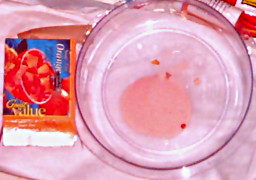 Last night, I plucked from the depths of my pantry an expired-2½-years-ago box of sugarless orange-flavored gelatin with which to begin this investigation. I blew the layer of dust off of the box, and carefully opened it, half-expecting to find some strange mutant gelatin-beast had developed in it over the years since expiration. One hand poised to protect myself should the creature leap from the box to eat my face in anger of being disturbed, I was both relieved and slightly disappointed to find nothing more than a foil packet containing what sounded like perfectly ordinary gelatin-powder. The packet proved to be intact, and the happy orange powder poured into a freshly-cleaned dish in a manner perfectly imitating that of wholesome non-expired gelatin. I dismissed the faint demonic snickering sound I seemed to hear as a figment of my fevered imagination and prepared the gelatin powder in the usual manner.
Last night, I plucked from the depths of my pantry an expired-2½-years-ago box of sugarless orange-flavored gelatin with which to begin this investigation. I blew the layer of dust off of the box, and carefully opened it, half-expecting to find some strange mutant gelatin-beast had developed in it over the years since expiration. One hand poised to protect myself should the creature leap from the box to eat my face in anger of being disturbed, I was both relieved and slightly disappointed to find nothing more than a foil packet containing what sounded like perfectly ordinary gelatin-powder. The packet proved to be intact, and the happy orange powder poured into a freshly-cleaned dish in a manner perfectly imitating that of wholesome non-expired gelatin. I dismissed the faint demonic snickering sound I seemed to hear as a figment of my fevered imagination and prepared the gelatin powder in the usual manner.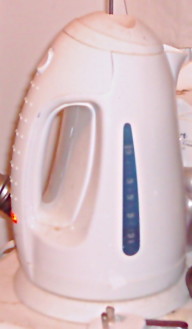 I took up my electric kettle, containing distilled water, and threw the switch. Seconds passed into minutes. Minutes passed into more minutes. Then, the water began boiling vigorously, and I applied one cup (8 fluid ounces) of this to the dish of powder, stirring it with a tablespoon. It seemed to take at least two minutes of continuous stirring, but the deceptively innocent-looking powder finally dissolved without the slightest scent of brimstone. As prescribed by the instructions on the box, I added a further 8 fluid ounces of cold water (from the tap of my kitchen sink), stirred briefly to mix, and placed the dish in the refrigerator to gel overnight.
I took up my electric kettle, containing distilled water, and threw the switch. Seconds passed into minutes. Minutes passed into more minutes. Then, the water began boiling vigorously, and I applied one cup (8 fluid ounces) of this to the dish of powder, stirring it with a tablespoon. It seemed to take at least two minutes of continuous stirring, but the deceptively innocent-looking powder finally dissolved without the slightest scent of brimstone. As prescribed by the instructions on the box, I added a further 8 fluid ounces of cold water (from the tap of my kitchen sink), stirred briefly to mix, and placed the dish in the refrigerator to gel overnight.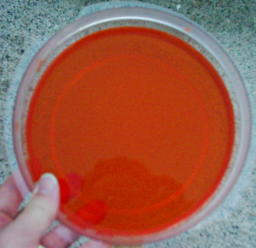 Day broke, and this very afternoon I took the now solidified mass from the refrigerator. This was it. My last chance to avoid whatever hellish abuses this disturbingly orange substance had planned for me. But no…it was far too late to turn back now. I took up my spoon, and devoured every last bit of happy orange jiggliness.
Day broke, and this very afternoon I took the now solidified mass from the refrigerator. This was it. My last chance to avoid whatever hellish abuses this disturbingly orange substance had planned for me. But no…it was far too late to turn back now. I took up my spoon, and devoured every last bit of happy orange jiggliness.